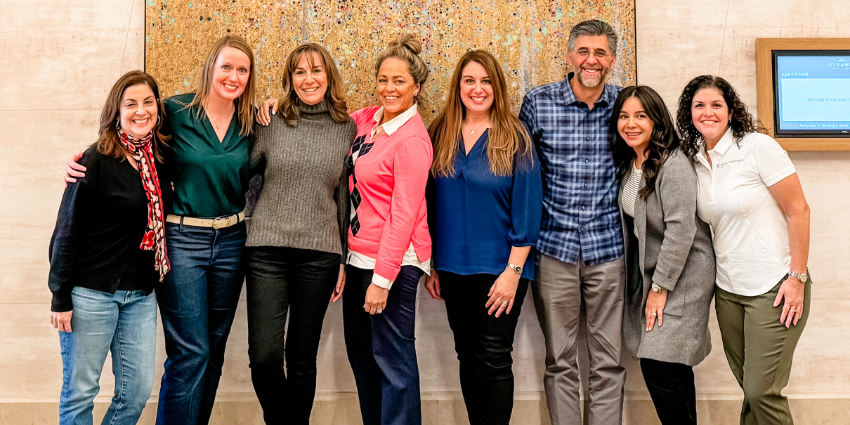Having previously written about the perils of over-helping, I thought I would go back a bit and reframe the concept of over-helping, or dare I use the blasphemous word, enabling.
The concept of enabling or enablement really does get a bad rap in our society. Whether you’re a parent, a manager, a coach, a leader, etc…if you are too quick to save the day, or you provide too much guidance and direction, you run the risk of unintentionally fostering enabling behaviors.
Cause for pause, you might then ask: “Stacy, how can I develop, grow, model, nurture, and teach in a way that still serves and gives, but doesn’t create dependence?”
My answer is: “With facilitation. Here’s how.”
As a trainer and facilitator, my job is to help unlock the minds and thoughts of those in the training room, with the information I share. The result however is ALWAYS that the contributions and comments in the room expand my own mind and thoughts as well. This is the power of facilitation and collaborative discussion.
Therefore, as a leader, parent, manager, etc…cultivating strong facilitation skills is critical to unlocking the potential of others. However, there are some misnomers associated with facilitative leadership that I feel we should address.
Facilitative leadership is not democracy, consensus, compromise, or decision-making-by-committee. It does not mean you, as the one in “charge”, abdicate all decision-making authority.
Facilitative leadership is more of an attitude; an attitude where the role of the leader is seen as enabling others. (In a good way.)
Facilitative leaders encourage decisions to be made by those closest to the actual work as possible.
Facilitative leaders seek input and listen to others.
Facilitative leaders help people debrief and learn from all situations, positive and negative.
Facilitative leaders provide people with autonomy and coach them as needed.
As we bring this year to a close and prepare ourselves for new adventures and challenges in 2023, how will you walk the line between over-helping and creating positive enablement in your leadership and life in the coming year?













